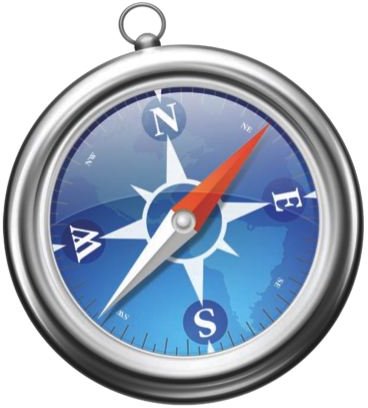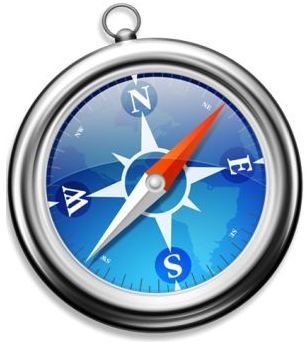How to Speed Up Safari 4
Safari is an internet browser from Apple—a company that manufactures various products from iPhones to Macintosh Computers. Like all web browsers, Safari enables users to surf the web, and search for sites that match their preferences. Despite the fact that Apple is a reputable company, Safari is often considered to be a mediocre browser compared to other browsers like Firefox and Google Chrome. This is primarily due to the lagging performance of Safari. Fortunately, it is possible to conveniently increase the speed of Safari, and make it a formidable browser. The following guide below shows detailed steps on how to speed up Safari 4.
Disabling Basic Features
**
Step 1
Reset Safari. Open your Safari browser, and go to the “Safari” tab on the top of the screen. Next, click on “Reset Safari”. The following screen will then show you a list of files to remove. Check all of the boxes to remove all files. Next, restart your Safari browser, and you will notice an increase in overall performance.
Step 2 (For Mac users)
Block the favicons. To do this, go to “Finder”, and go to your username. Next, access the “Library” folder and then click on the “Safari” folder. Look for the file called “Webpageicons.db”. Select it, and then click on it. The following screen will show you the default settings. To block the favicons, click on the box that says “Locked”.
Step 3
Open Safari again and go to “Preferences”. Next, go to the “Autofill” section, and uncheck all of the boxes.
Step 4
Use private browsing. During private browsing mode, nothing will be saved. This will decrease the amount resources being used, and therefore will cause an increase in performance. To do this, open Safari, and go to the “Edit” tab. Next, select “Private Browsing”.
Step 5
Disable unnecessary files. Like all browsers, Safari comes with plug-ins that enables you to browse through the web easier. However, many of these features slow down the performance of Safari. To solve this, open Safari, and go to the “Develop” section. Next, disable Java script, caches, styles, and images. You can always go back and enable these items again.
Fixing External Errors
Step 6
Scan for viruses on your computer. In most cases, malware is responsible for lagging computer performance. Malware can hijack and install malicious files into your operating system and your browser. In order to remove malware, it is best to use antivirus software. Use free antivirus software such as: Avira Antivir, Malwarebytes, and Microsoft Security Essentials.
Step 7
Disable unnecessary add-ons and plug-ins for Safari. Add-ons can be extremely useful, and can make your browsing experience much more convenient. Nevertheless, certain add-ons such as PithHelmet and Saft can significantly decrease system performance, and cause compatibility issues.
Step 8 (Windows users)
Refresh the network sockets of your computer. Overtime, your network sockets may become clogged with too much data. To reset the network sockets, go to the Start Menu, and click on the “run”. Next, type “cmd”, and press the “Enter” button to open the Command and Prompt program. Next, type “netsh winsock reset” into the Command and Prompt, and press the “Enter” button.
How to Make Safari Faster

